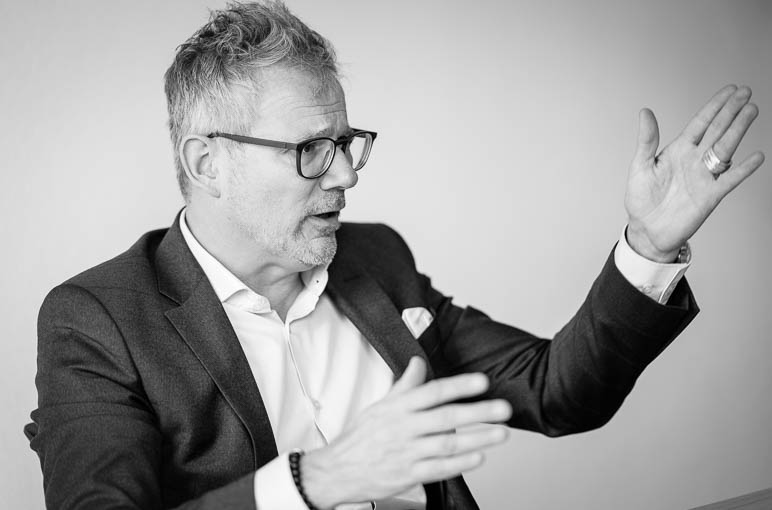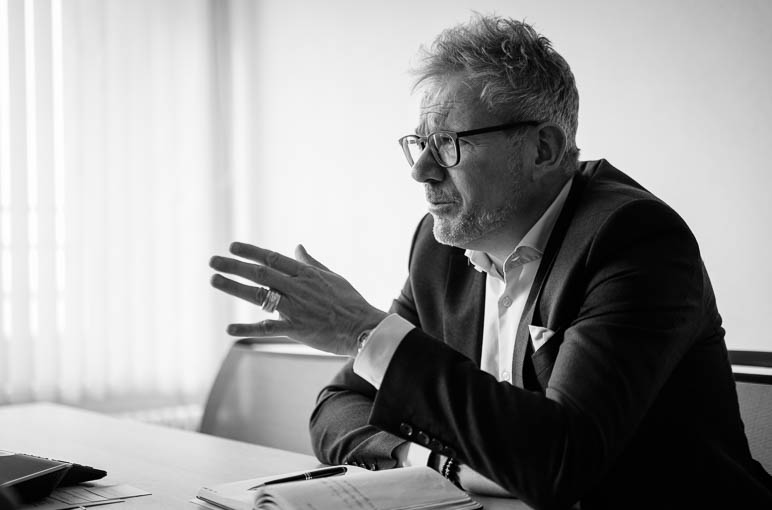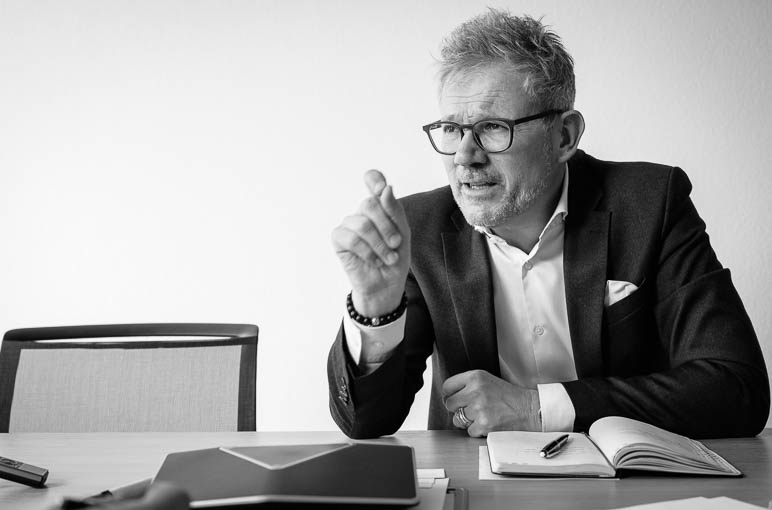echo interview with Pascal Kuchen, Managing Director of La Collective de Prévoyance Copré, an elipsLife reinsurance partner
elipsLife echo: Mr Kuchen, La Collective de Prévoyance Copré is a semi-autonomous pension fund in the form of a collective foundation. How many companies are associated with the foundation?
Pascal Kuchen: Currently we have just under 1000 company members with around 15500 insured individuals.
Does Copré only operate in the west of Switzerland?
No, apart from Tessin, we’re active across the whole country. Approximately 70% of our clients are located in West Switzerland and the remaining 30% in the German-speaking part of the country. We’re not as big as, say, Axa or Swiss Life but we are among the top three semi-autonomous pension funds in West Switzerland. Our market share is expanding in the German-speaking region and it’s there we have the larger growth potential because the market is simply bigger. I should mention in passing that, despite the Corona crisis, the number of inquiries from German-speaking Switzerland has remained steady at last year’s level. This is in contrast to the western region where demand has fallen noticeably.
In your opinion, why should small and medium-sized companies join a semi-autonomous collective foundation such as yours rather than a comprehensive insurer?
Organisations such as ours are able to offer more attractive terms. Compared to comprehensive insurers, we clearly have superior conversion rates. For example, in the non-obligatory space Swiss Life offers 4.8% compared to Copré’s 6.5%. We also offer more attractive interest rates on savings capital, and our risk premiums are lower. That being said, the semi-autonomous foundations can run the risk of insufficient coverage. Should the stock market go through a lengthy rough patch, a customer with a fully comprehensive insurer can still sleep soundly. In the same circumstances, someone with a semi-autonomous foundation might start to worry about what’s going to happen next. This situation could lead to painful remedial measures that wouldn’t be necessary with the comprehensive insurers. Moreover, the latter provide guarantees in respect to the degree of coverage and benefits. The semi-autonomous foundations don’t. Therefore we have greater flexibility in respect to our investment strategies. For example, Copré has a substantial portion of non-stock market listed investments in its portfolio, such as in real estate and in the alternative space. This way, we’re able to routinely achieve results way above the average.



